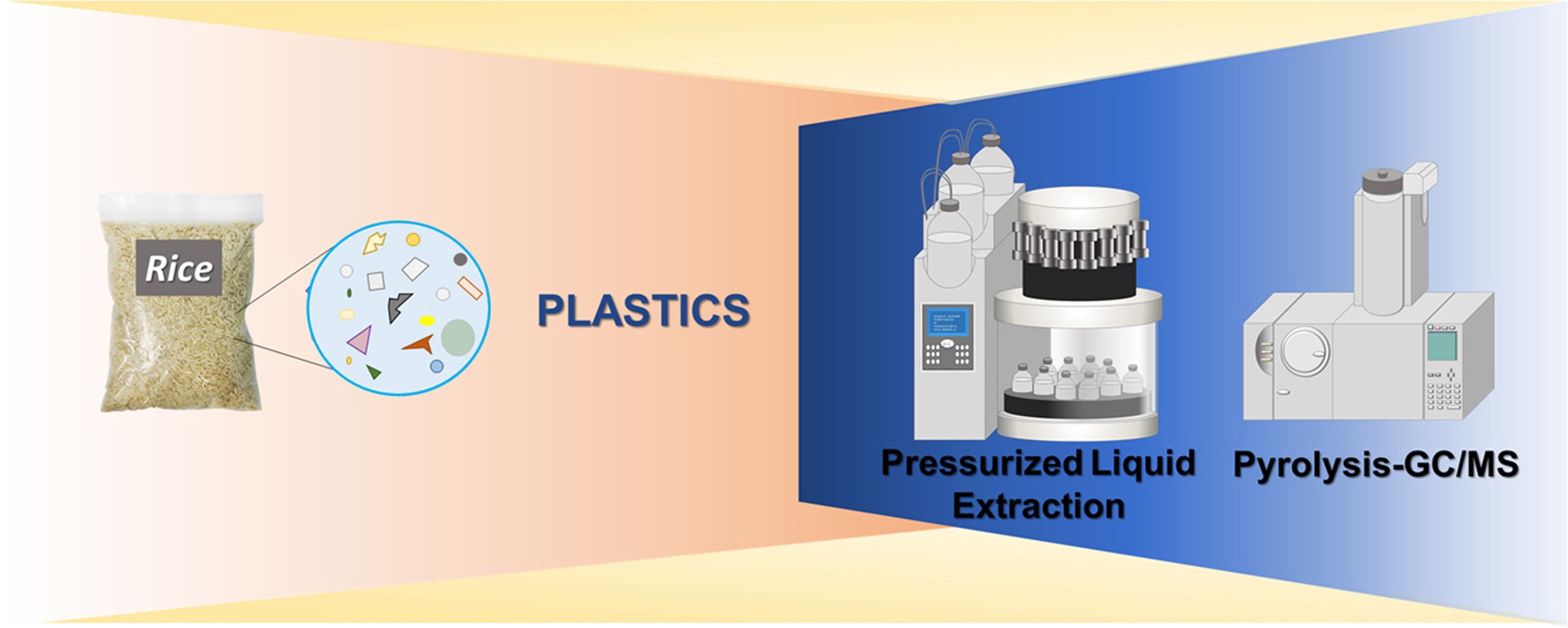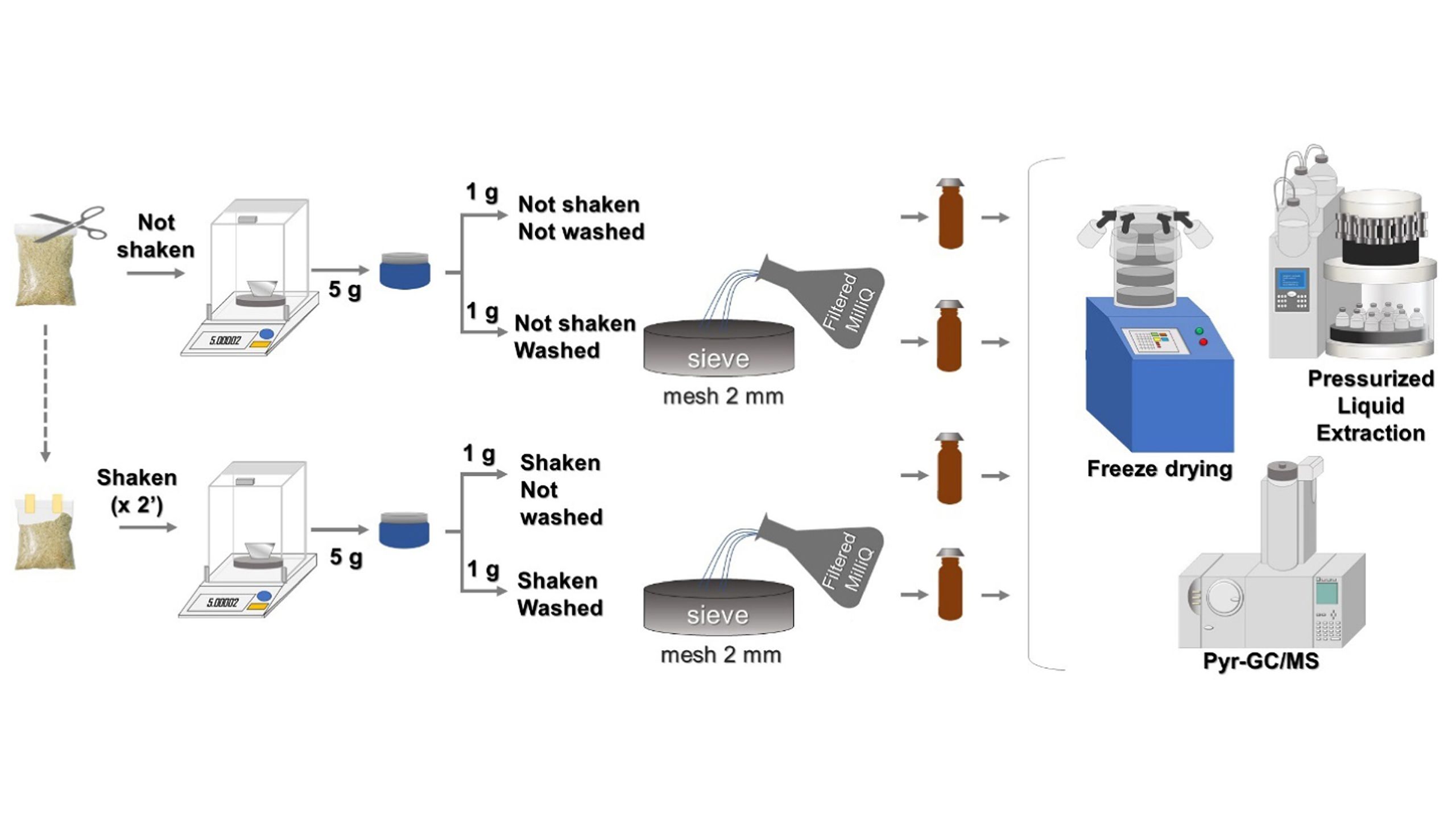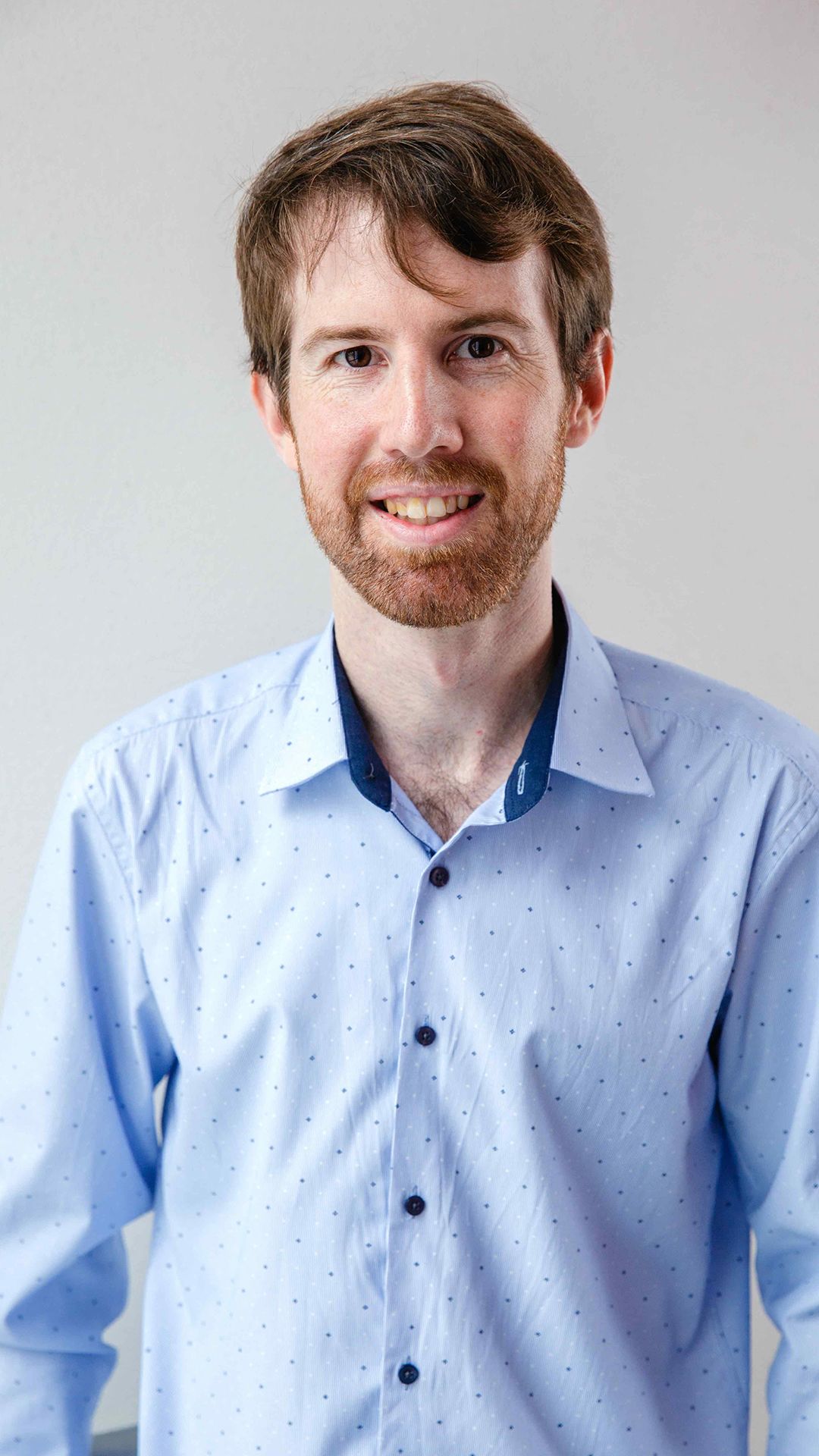Research reveals plastic levels in food staples

People are consuming three to four milligrams of plastic for every 100 grams of rice they eat, with the number jumping to 13 milligrams per serve for instant rice, according to University of Queensland research.
Lead author Dr Jake O’Brien from UQ’s Queensland Alliance for Environmental Health Sciences (QAEHS) said this world-first study quantified the levels of microplastics in rice.
“Rice is a staple food around the world, so it is important we understand the quantity of microplastics we could be consuming,” Dr O’Brien said.
“Our study found we may be consuming three to four milligrams of plastic through a single-serve or 100 grams of rice.
“A significant result was the levels of plastics found in pre-cooked or instant rice, as it was four times higher than in uncooked rice, averaging 13 milligrams per serve.
“Importantly, we also found washing rice before cooking reduced plastics contamination by 20 to 40 per cent.”
The researchers tested for seven different plastic types ranging from the most common plastic, polyethylene to plastics used in clothing and food production, laminates, technical engineering, polystyrene, acrylics and tube piping.


Key facts:
- Washing rice reduced plastics
contamination by 20-40%
- Plastics in instant rice 4x higher than
uncooked rice, averaging 13mg/serve
- Australians consume an average of 3-4mg/serve
- Australians may consume around 1g plastic per person via rice annually

Dr Jake O’Brien in the Queensland Alliance for Environmental Health Sciences research lab. Image: UQ.
Dr Jake O’Brien in the Queensland Alliance for Environmental Health Sciences research lab. Image: UQ.

Microplastics in petrie dish. Image: Adobe Stock.
Microplastics in petrie dish. Image: Adobe Stock.

Dr Jake O’Brien in the Queensland Alliance for Environmental Health Sciences research lab. Image: UQ.
The innovative method developed and used by the UQ research team is based on the plastic quantification technique used in their previous studies on plastics in seafood species and biosolids (sewage sludge).

Machines used by researchers to extract microplastics from store-bought rice. Image: UQ.
Machines used by researchers to extract microplastics from store-bought rice. Image: UQ.
“Currently there are many unknowns about how harmful consuming microplastics is to human health, but we do know exposure can cause an element of risk,” Dr O’Brien said.
“It is important to recognise that we are in the early stages of developing methods to measure plastic contamination of foods and at the moment we are limited to only a few plastic types.
“It is really challenging to determine our exposure and exposure sources of these chemicals.

Diagram of how the researcher's treated the rice samples to test for microplastics. Image: UQ
Diagram of how the researcher's treated the rice samples to test for microplastics. Image: UQ

Microplastics in petrie dish. Image: Adobe Stock.
“We hope this study encourages further research on where plastic contamination of rice is occurring, so we can reduce contamination and increase community awareness of where plastic exposure happens on a daily basis.
“In future studies, we aim to incorporate a measure of the plastic size, along with the concentration, because potential health impacts from microplastics are likely size dependent.”

Dr Jake O'Brien. Image: UQ.
Dr Jake O'Brien. Image: UQ.
The study is published in Journal of Hazardous Material (DOI: 10.1016/j.jhazmat.2021.125778).
Media: Jake O’Brien, j.obrien2@uq.edu.au, +61 410 717 769; Kirsten O’Leary, UQ Communications, k.oleary@uq.edu.au, +61 412 307594, @UQhealth.